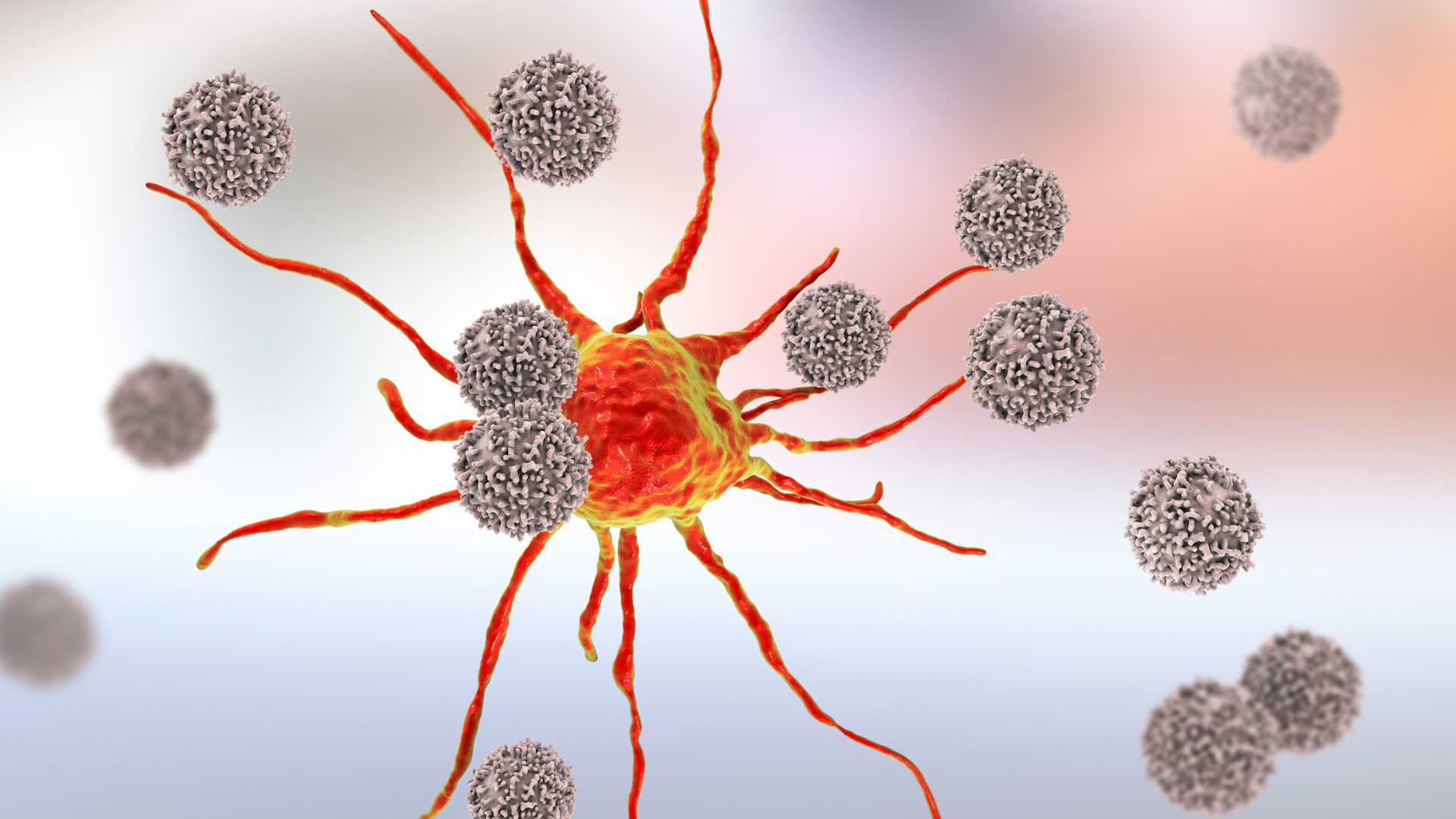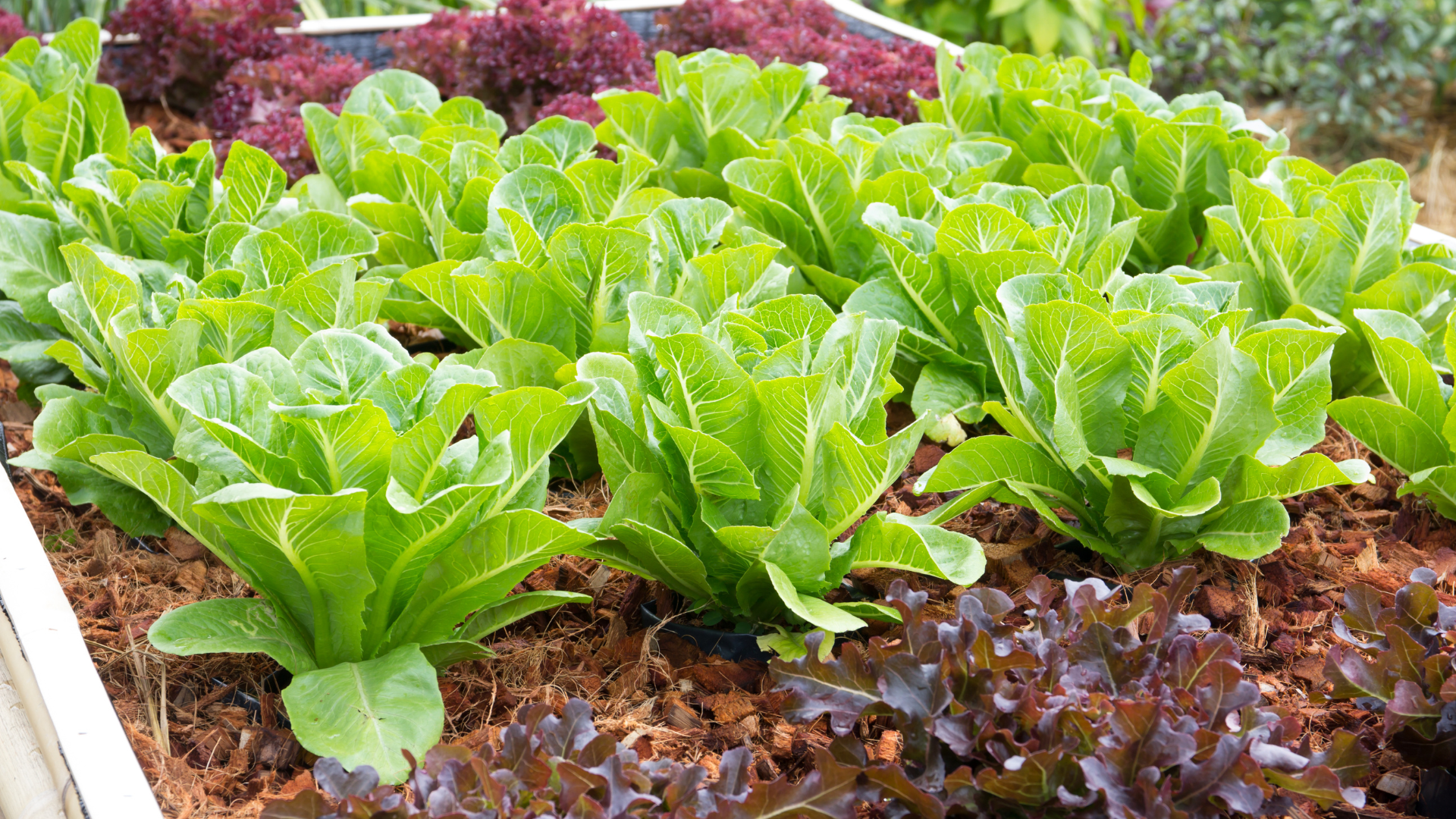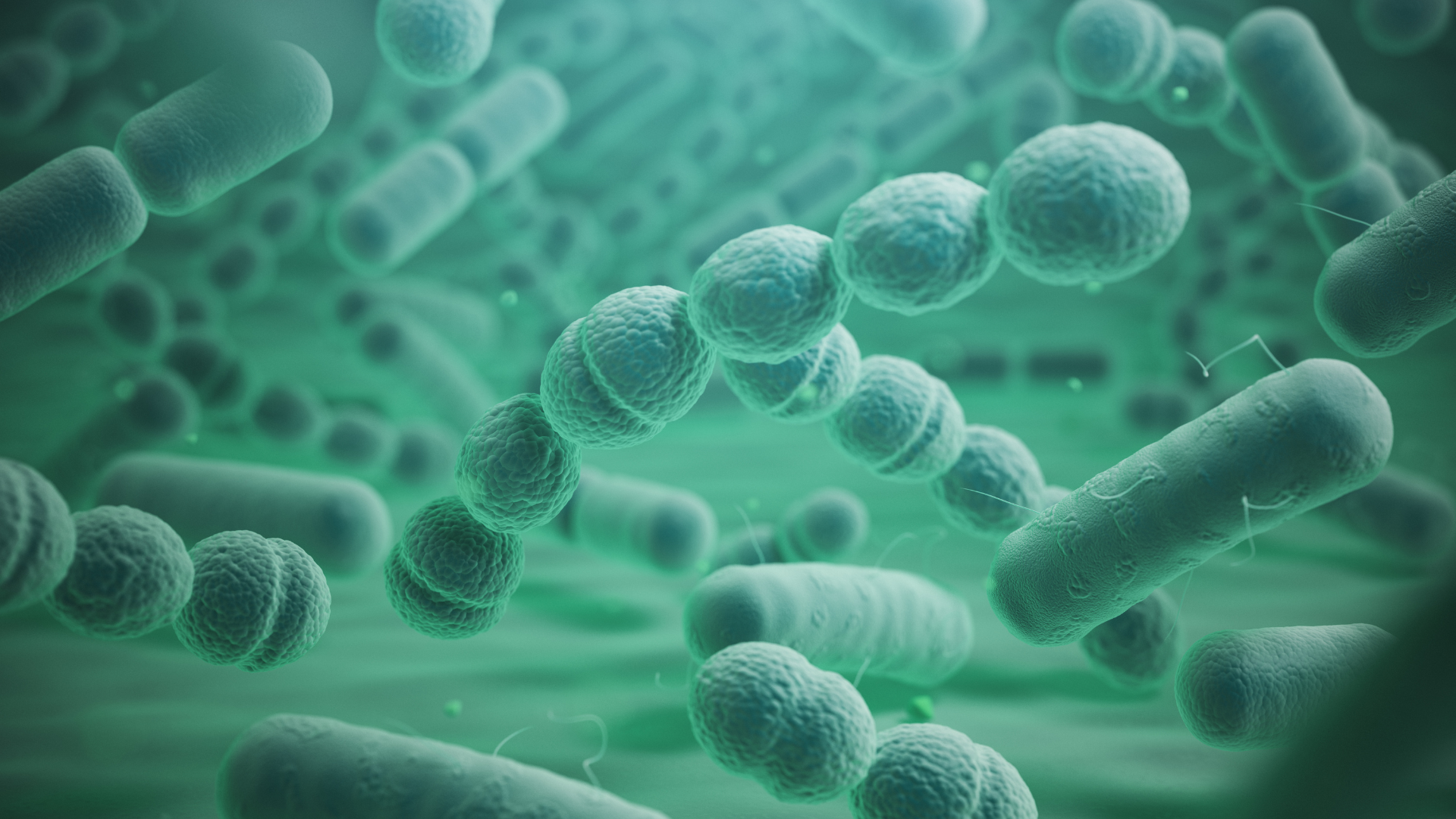What is a Biological Attack?
Biological Attacks are the deliberate release of biological agents in the forms of pathogens or biotoxins to harm plants, animals, and/or people. A biological attack may or may not be immediately obvious. In most cases, local healthcare workers will report a pattern of unusual illness or there will be a wave of sick people seeking emergency medical attention.

There are three basic groups of biological agents that could likely be used:
- Bacteria - harmful bacteria, such as anthrax or plague. Bacterial biological threats can be in the form of aerosols, food or water contamination, or direct contact with infected individuals. These threats can lead to widespread illness and potentially death if not addressed promptly. Preventative measures such as vaccinations, quarantine, and hygiene practices are important in mitigating the impact of bacterial biological threats.
- Viruses - harmful viruses such as smallpox, Ebola, or influenza. These threats can be spread through the air, direct contact with infected individuals, or contaminated objects. Virus biological threats can lead to widespread illness, outbreaks, and potential pandemics if not controlled. Preventative measures such as vaccination, quarantine, and hygiene practices are important in mitigating the impact of virus biological threats.
- Toxins - harmful toxins, often produced by bacteria, fungi, or plants. Toxin biological threats can include substances such as ricin, botulinum toxin, or mycotoxins. These toxins can be dispersed through the air, food or water contamination, or direct contact with contaminated objects. Toxin biological threats can lead to illness, organ damage, and potentially death if not treated promptly. Preventative measures such as avoiding contaminated food or water, using protective equipment, and seeking medical attention if exposed are important in mitigating the impact of toxin biological threats.
Before an Incident

Individuals
People can protect themselves from biological threats by following these steps:
- Stay informed about potential threats in your area by monitoring news reports and emergency alerts.
- Wash your hands regularly with soap and water, and avoid touching your face with unwashed hands.
- Avoid close contact with sick individuals and practice social distancing during outbreaks.
- Use personal protective equipment such as masks, gloves, and goggles when necessary.
- Follow public health guidelines and recommendations, including vaccination and quarantine measures.
- Prepare an emergency kit with essential items such as food, water, medications, masks, and first aid supplies.
- Seek medical attention if you believe you have been exposed to a biological agent, and follow the advice of healthcare professionals.
- Report any suspicious activity or packages to law enforcement authorities. Remember if you see something, say something!
- Stay calm and avoid spreading rumors or misinformation.
Businesses

Businesses may also be a target of biological attacks, so here are some steps business owners should consider:
- Create a comprehensive emergency plan that includes procedures for responding to a biological threat, including evacuation, sheltering in place, and communication with employees and authorities.
- Train employees on how to recognize and respond to a biological threat, including proper hygiene practices and the use of personal protective equipment.
- Implement measures to promote good hygiene, such as providing hand sanitizer, promoting handwashing, and regularly disinfecting surfaces.
- Secure the workplace to prevent unauthorized access and potential contamination, including limiting entry points and monitoring visitors.
- Encourage employees to stay home if they are sick, and provide resources for seeking medical attention if needed.
- Keep employees informed about potential threats and provide updates on preventive measures and response plans.
- Collaborate with local health authorities and emergency responders to ensure a coordinated response in the event of a biological threat.
- Regularly review and update your emergency response plans to reflect changes in the threat environment and lessons learned from exercises and real events.
Plants and Animals

Plants and animals are susceptible to biological threats, which can impact food safety.
- When a biological threat is detected, it's wise to switch to non-perishable food supplies, as local food sources may be affected.
- Food Safety Testing Kits can identify pathogens in food, while Water Testing Kits can detect various contaminants.
- Livestock owners should monitor their animals' health, as contaminants can affect them too.
- Animal Feed and Pet Food Testing Equipment can help ensure the safety of livestock and pets by identifying mycotoxins.
- Providing secure housing and fencing for livestock can reduce the impact of airborne threats.
- For crops, farmers can implement rotation systems and plant disease-resistant varieties to mitigate pest and disease impacts. Food Safety Testing Kits can also be used to detect pathogens in crops.
During an Incident

If a biological attack occurs, take the following steps to protect yourself and others:
- Follow instructions from local authorities, emergency responders, and public health officials.
- If you are indoors, stay inside and close all windows, doors, and vents. If you are outdoors, seek shelter indoors as quickly as possible.
- Turn off air conditioning, heating, and ventilation systems to prevent the spread of airborne contaminants.
- Stay away from areas where the attack occurred and avoid contact with any suspicious substances or objects.
- If you are exposed to a biological agent, remove contaminated clothing and wash exposed skin with soap and water. Seek medical attention immediately.
- Only consume food and water from trusted sources. If there is any suspicion of contamination, avoid consuming the food or water.
- Thoroughly wash all fruits and vegetables with clean water before eating, peeling, or cooking.
- Cook all meats, poultry, seafood, and eggs thoroughly to kill any bacteria or viruses that may be present.
- Store perishable foods in the refrigerator or freezer to prevent bacteria from multiplying. Keep hot foods hot and cold foods cold.
- Use only safe water for drinking, cooking, and washing dishes. If you are unsure about the safety of your water, boil it for at least one minute before using it.
- Wash your hands thoroughly with soap and water before preparing or eating food, and after using the bathroom.
- Dispose of food waste and packaging materials properly to prevent contamination.
- Stay informed about the situation by monitoring news reports and official updates.
- Follow any public health guidelines or recommendations, such as vaccination or quarantine measures.
Additional Resources
CDC Biological Threats and Children
Homeland Security Biological Threat Factsheet

